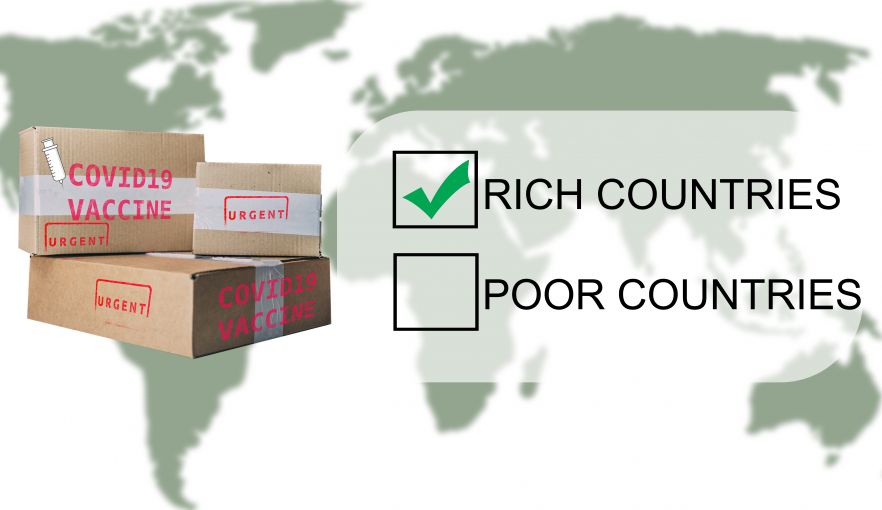Modelling the Spread of Covid
Nicola Perra (together with international collaborators) uses Data Science, Network Science, and Epidemiology to model the spreading of infectious diseases at different geographical scales. During the COVID-19 pandemic his research has informed public health agencies and institutions across the world.
In one of his most recent works published in Nature Communications (2023), he investigates the inequalities that were associated with the availability of the Covid-19 vaccine. Access to COVID-19 vaccines on the global scale was drastically hindered by structural socio-economic disparities. Together with collaborators he has developed a data-driven, age-stratified epidemic model to evaluate the effects of COVID-19 vaccine inequities. In particular, this model quantifies the potential effects of higher or earlier doses availability. In doing so, Nicola Perra et al. focus on the crucial initial months of vaccine distribution and administration. Their research helps to quantify the negative impacts of vaccine inequalities and underscores the need for intensified global efforts devoted to provide faster access to vaccine programs in low and lower-middle-income countries.
For more details, see N. Gozzi, M. Chinazzi, N.E. Dean, I.M. Longini Jr, M.E. Halloran, N. Perra, A. Vespignani, Nature Commun. 14, 3272 (2023)

The Covid-19 vaccine was a life saver for millions, but there were big differences depending on whether you were living in a rich or poor country

